course: Ethical Hacking
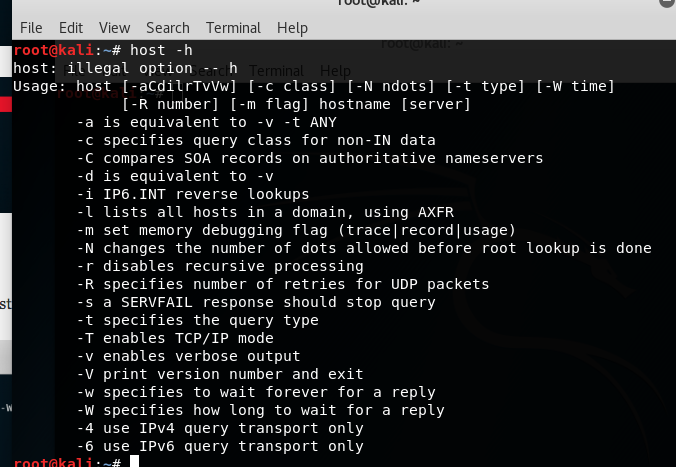
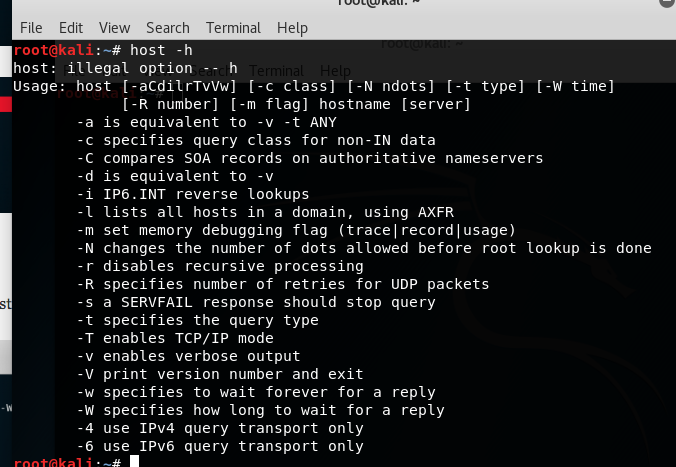


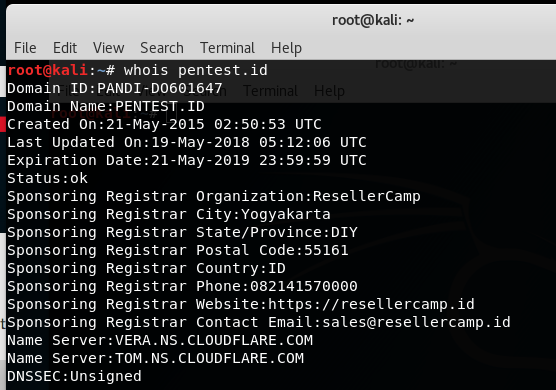
Source :
https://www.ehacking.net/2011/02/footprinting-first-step-of-ethical.html
A Computer Science student
course: Ethical Hacking





Source :
https://www.ehacking.net/2011/02/footprinting-first-step-of-ethical.html
Course: Ethical Hacking
There are 10 steps for the kali linux testing methodology, as you can see in the picture below.
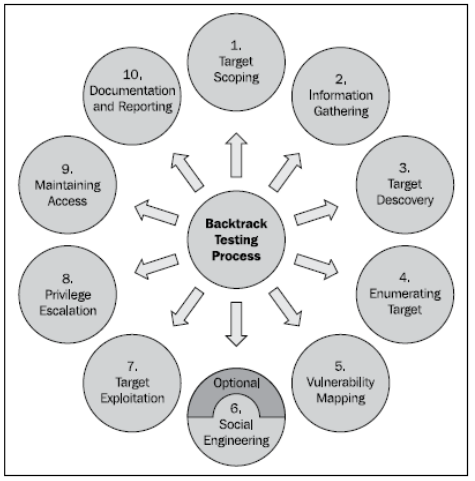
Reference :
BackTrack 4: Assuring Security by Penetration Testing, author: Shakeel Ali, Tedi Heriyanto
Course: Ethical Hacking
If you want to start installing Kali Linux with virtual machine, you have to open a virtual machine application first. In this tutorial, I am going to use VirtualBox as the virtual machine. To create a new virtual machine, click new on the top left corner, and it will be shown like the picture below:
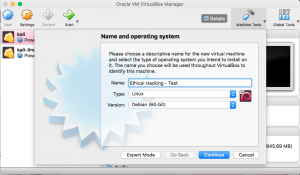
Enter the Name for the kali linux virtual machine, for this tutorial, I entered “Ethical Hacking – Test” for the name, then select Linux as the type, and for the version, it can be Debian (32-bit) or Debian (64-bit), for this tutorial, I use Debian (64-bit), it based on the kali linux iso file that you installed on the kali linux official website. Then click continue.
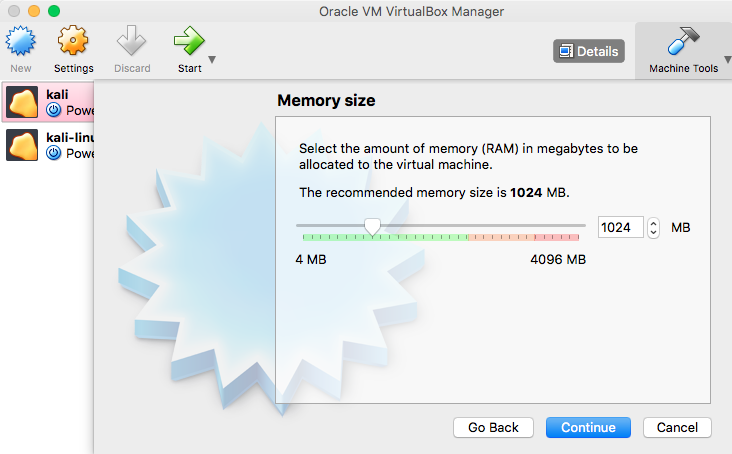
After you clicked the continue button, it will shown the new page for configuring the memory size of your Kali Linux virtual machine, as you can see like the picture above. The recommended memory size is 1024 MB, but it is up to you, if you want add more memory size or not before clicking the continue button.
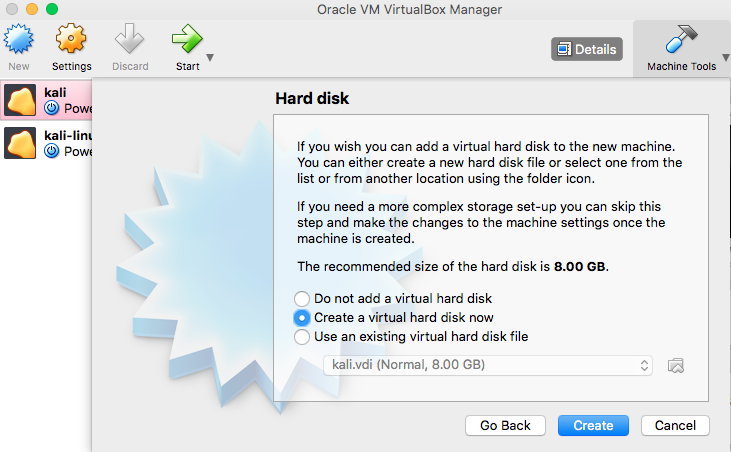
After you clicked the continue button, it will shown a new page for creating a virtual hard drive as you can see in the picture above. then select “Create a virtual hard disk now” and click the continue button.
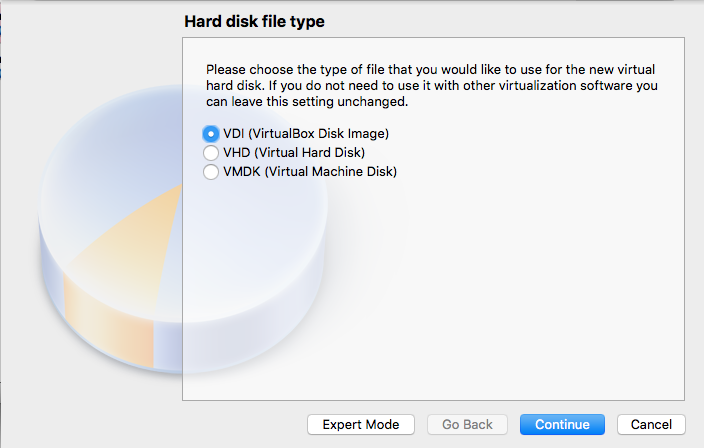
After clicking the continue button, it will shown a new page as you can see above. on the hard disk file type window, select VDI (VirtualBox Disk Image), and click the continue button.
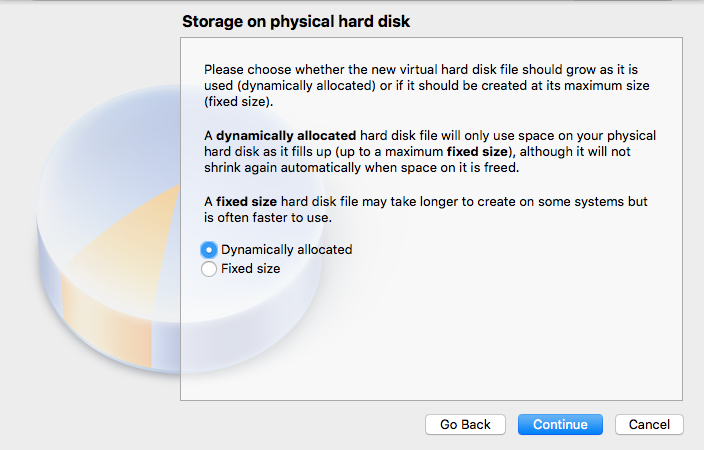
after clicking the continue button, you will see a new page like in the picture above. Choose Dynamically allocated button, and click the continue button.
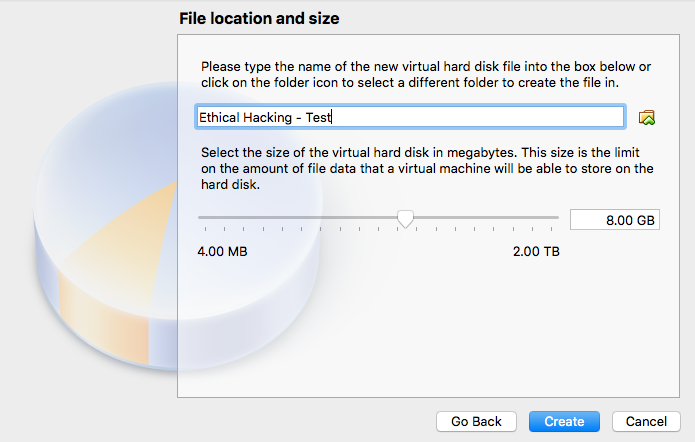
After clicking the continue button, you will see a new page like in the picture above. You can choose where you want to put the file on the virtual hard disk drive (.vdi) in and you can choose the size of the virtual hard disk. You don’t have to change the file location. You need to change the size of the virtual disk up to 15.00 GB or more. Then, click create and you are finished creating the virtual machine. The name of your virtual machine will be shown on the main page of VirtualBox when you are done doing the step. It will shown on the left side, as shown on the picture below.
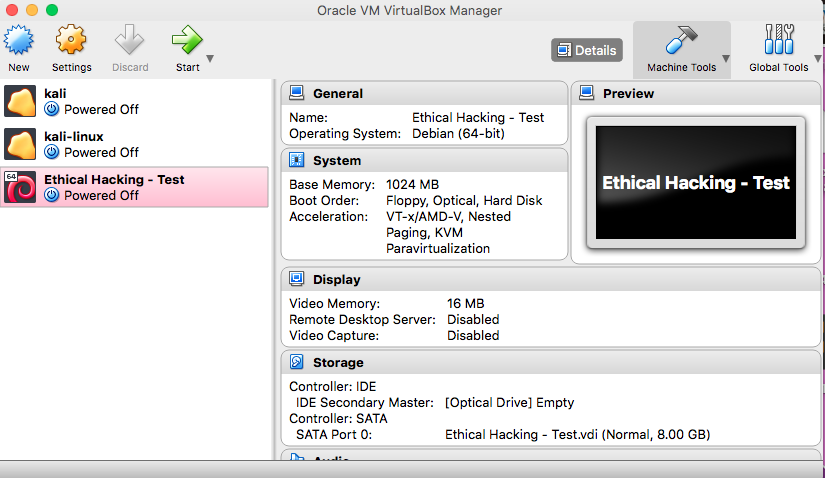
The next step is to select a virtual optical disk file as you can see in the picture below.
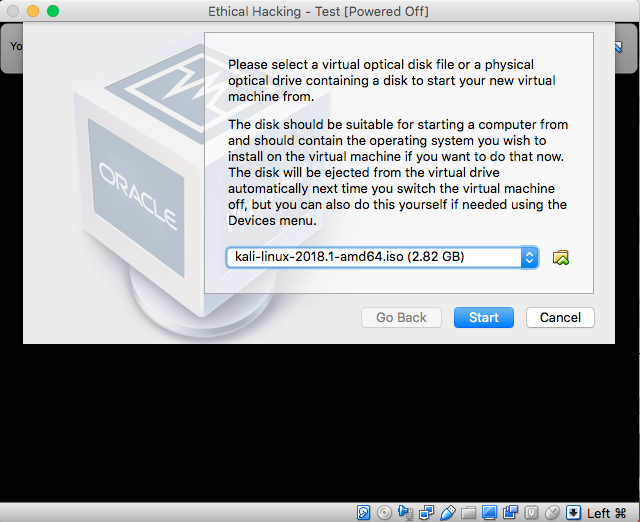
After that, you will see a new page like in the picture below, to continue the installation, you can choose graphical install.
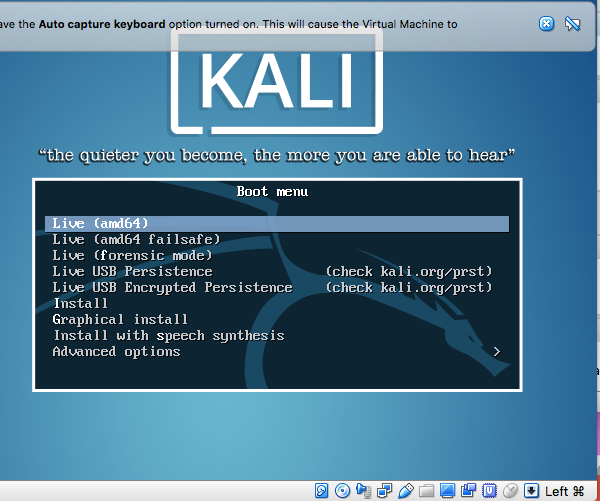
After that, you have to choose the language as you can see in the picture below.
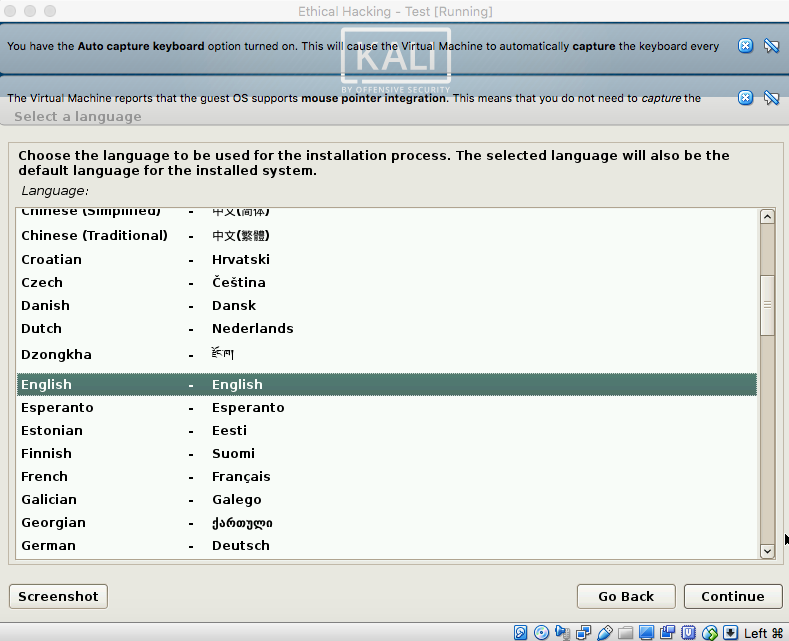
After choosing the language, you have to choose the country.
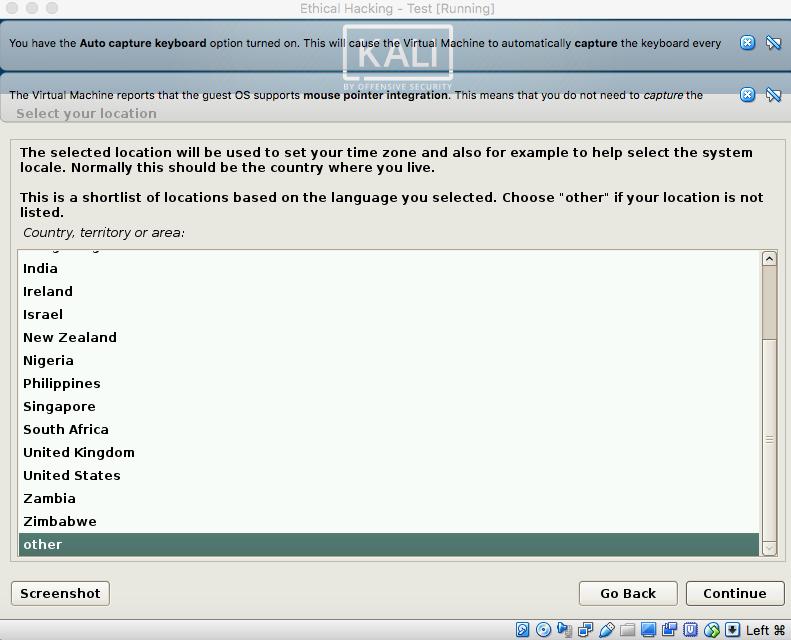
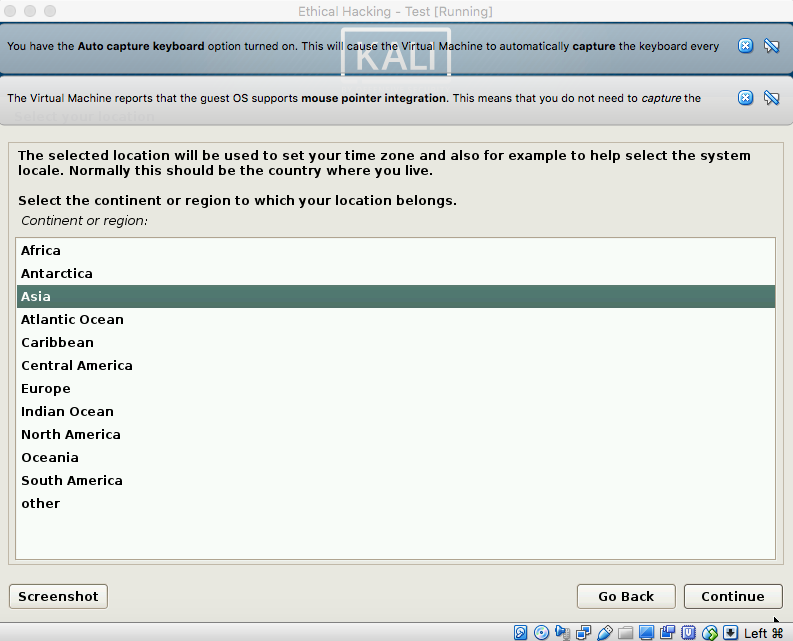
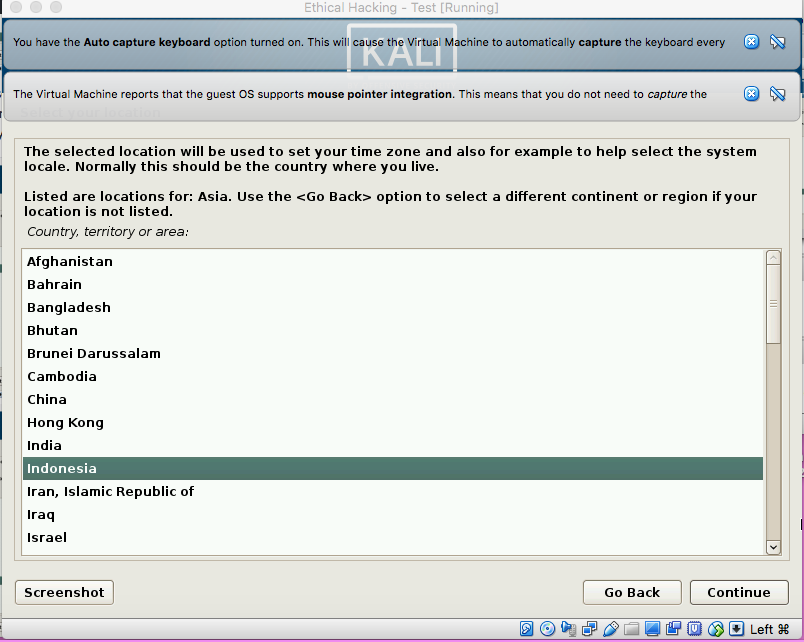
After choosing the country, you have to choose the keyboard layout, then click continue to go to the next step.
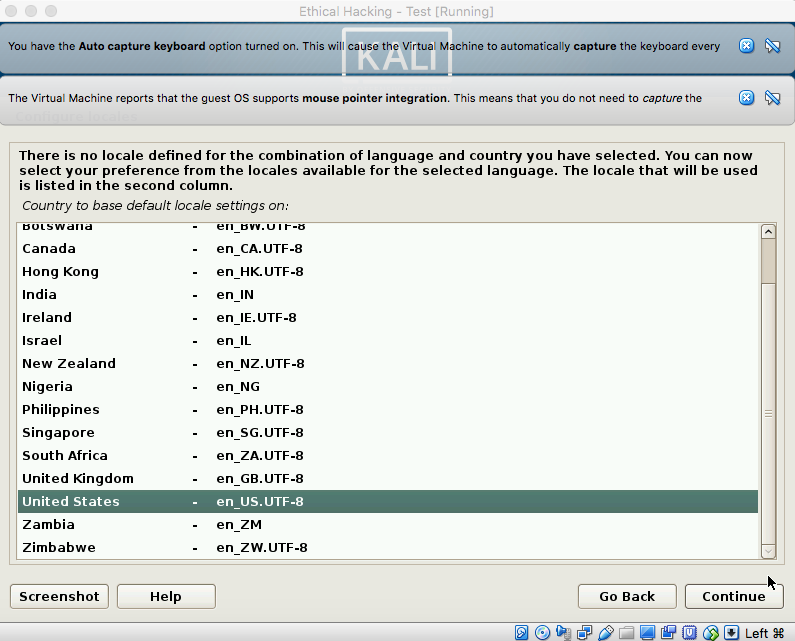
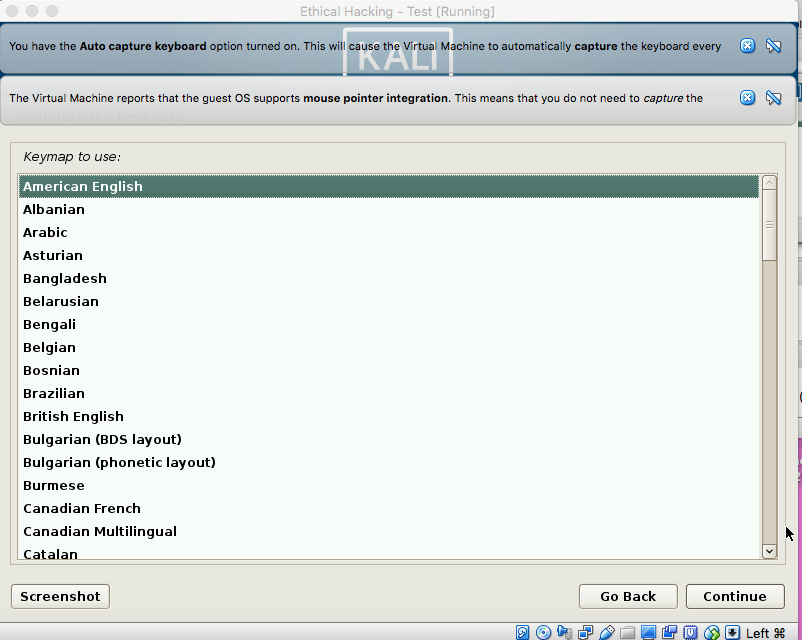
The next step is, you have to enter a host name, I just enter “kali” for the hostname.
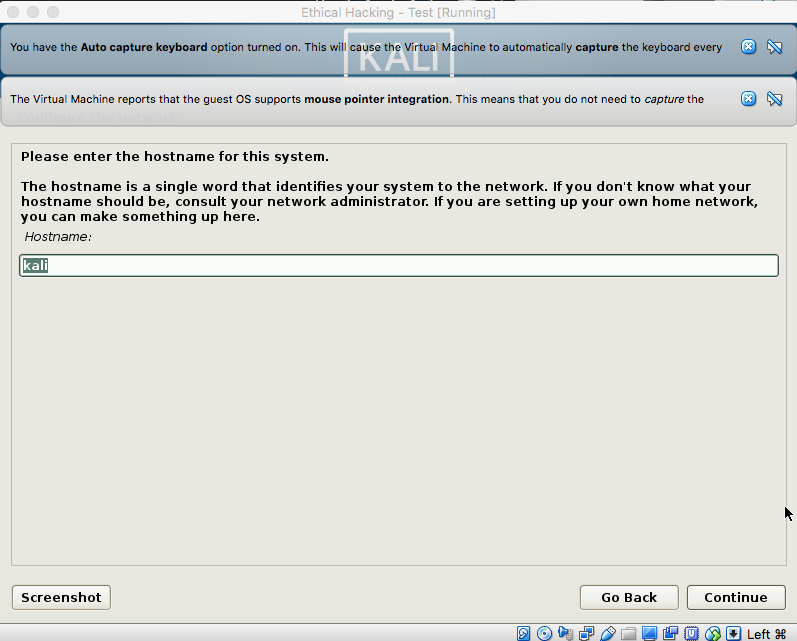
And you have to input the domain name, but because I do not have the domain, so just leave it as a blank space, and continue to the next step.
Course: COMP6341 – Multimedia and Human Computer Interaction
Group members:
In this final project, our group made a game using construct 2 for kindergarten student. The purpose of this game is to click the right icon of fruits, vegetables, shapes, and colours. By clicking the right icon, there will be a sound that notify it is the right answer and there will be a score for every right answers.
About the Game:
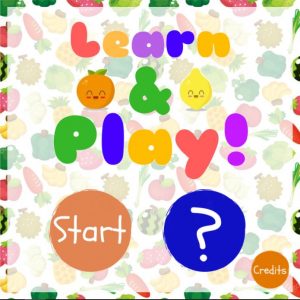
This is the look when the game is started.
After clicking the start button, there will be four options for the types.

For example, the player choose fruits, the game will start. The player should choose the right icon, if the player choose the right icon, there will be a sound that notify it was the correct answer, and it will automatically add the score.
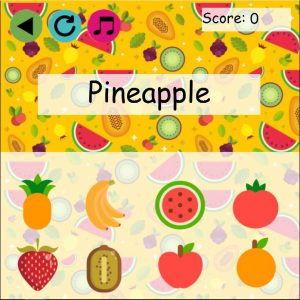
But if the player choose the wrong answer, the score would not be added and there will be a sound that notify it was the wrong answer.
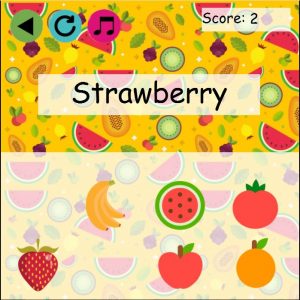
And it will continue until the player finish clicking the icons.

After the player finish clicking the icons, and the player answering the game correctly, there will show “Well Done!” it means the player finishing the game, and it is the end of the game.
Course: COMP6341 – Multimedia and Human Computer Interaction
This group final project is consist of Sarah N. Sukamto (2001594043) and me Santi Amelia Andrini (2001614871).
For this final project, we made game using construct 2. The game is for kindergarten student. At first time, we decided to make a clicking game that has two options, for fruits and vegetables, but in the end, we decided to make four options. We added two options, so the player can learn about colours, shapes, vegetables, and fruits by clicking the sprites. If the player clicked the right sprite, there will be scores for the right choose. But if the player choose the wrong sprite, there will be sound that notify it was a wrong choice.
Welcome to Binusian blog.
This is the first post of any blog.binusian.org member blog. Edit or delete it, then start blogging!
Happy Blogging 🙂